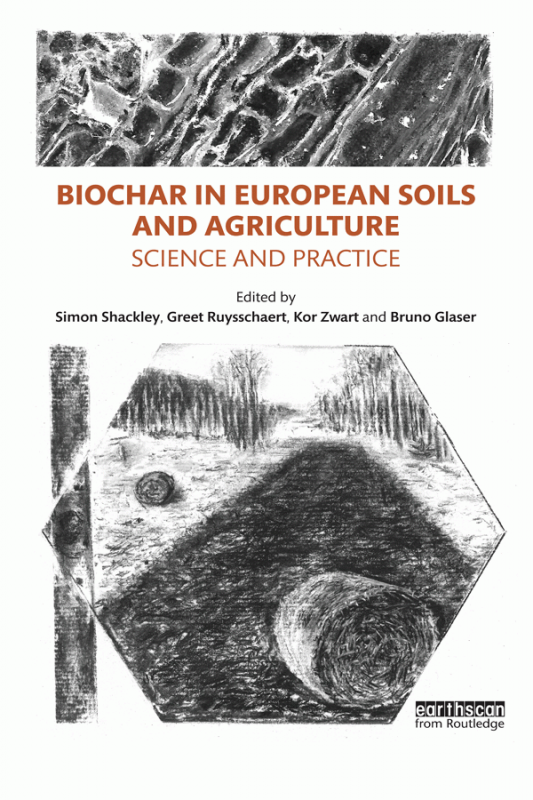As demonstrated by several scientific studies there is no doubt that biochar in general is very recalcitrant compared to other organic matter additions and soil organic matter fractions and also that it is possible to sequester carbon at a climate change relevant time scale (~100 years or more) by soil application of biochar. However, the carbon stability of biochar in soil is strongly correlated with the degree of thermal alteration of the original feedstock (the lower the temperature, the larger the labile fraction) and in depth understanding of the technology used and its effect on the biochar quality is necessary in order to produce the most beneficial biochars for soil application. Beside carbon sequestration in soil biochar may improve the GHG balance by reducing N2O and CH4 soil emissions, although contrasting results are found in the literature. The mechanisms behind these reductions remain unclear and more research is required in order to investigate the various hypotheses in more detail, and to unravel the complex interaction between biochar, crop and soil, especially under field conditions. In conclusion, our current knowledge is largely based on short-term lab studies and pot experiments, which have provided detailed insight in certain processes and aspects of biochar application to soils, but suffer from large uncertainties when scaled-up to the farmers field level. In order to produce more realistic scenarios of the potential impact of biochar on C sequestration and soil GHG emissions there is a need to bring biochar research up to the field-scale, and to perform longer-term studies.
DOI:
https://doi.org/10.4324/9781315884462-14
Altmetric score:
Dimensions Citation Count:
























